 W
WAnna Ella Carroll was an American politician, pamphleteer and lobbyist. She was born in to a very wealthy and prominent family in her state and city: her great-grandfather was one of the signers of the Declaration of Independence and the last surviving signers and a delegate to the Second Continental Congress and later in the new Congress of the United States, her father was the Governor of Maryland from 1830–1831, and her mother was the daughter of a Baltimore physician. She was also the eldest of eight children. She played a significant role as an adviser to the Lincoln presidential cabinet during the American Civil War (1861-1865). She also wrote many pamphlets criticizing slavery. She died on February 19, 1894, at the age of 79.
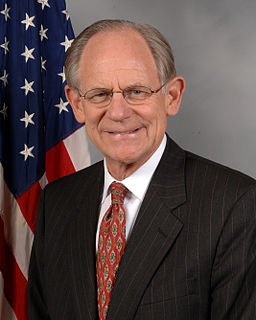 W
WMichael Newbold Castle is an American attorney and politician who was governor of Delaware (1985–92) and the U.S. Representative for Delaware's at-large congressional district (1993–2011). He is a member of the Republican Party.
 W
WRichard Caton was an Englishman who became a Baltimore merchant and real estate developer. Caton married into the Carroll family of Carrollton and was the father of four daughters, all of whom married prominent Europeans, including members of the British aristocracy.
 W
WCharles Carroll was an American statesman from Annapolis, Maryland. He was the builder of the Baltimore Colonial home Mount Clare (1760), and a delegate to the Second Continental Congress in 1776 and 1777.
 W
WCharles Carroll II (1702–1782) known as Charles Carroll of Annapolis to distinguish him from his similarly named relatives, was a wealthy Maryland planter and lawyer. His father was Charles Carroll the Settler,, (1661–1720), an immigrant to Maryland who had arrived in the colony in 1689 with a commission as Provincial Attorney General, and had accumulated a vast fortune, emerging as Maryland's wealthiest citizen. Charles Carroll of Annapolis inherited and extended his father's fortune but, as a Roman Catholic, was barred from participation in Maryland politics. It would fall to his son, Charles Carroll of Carrollton, (III), (1737–1832), one of the signers of the Declaration of Independence, to see religious toleration restored to Maryland and many political and scientific/technological advances in the newly independent state.
 W
WCharles Carroll, known as Charles Carroll of Carrollton or Charles Carroll III to distinguish him from his similarly-named relatives, was an American statesman, a wealthy Maryland planter, an early advocate of independence from the Kingdom of Great Britain and one of the signers of the American Declaration of Independence. The sole Catholic signer of the Declaration, he is one of the Founding Fathers of the United States. Carroll was known contemporaneously as the "First Citizen" of the American Colonies, a consequence of his editorials in the Maryland Gazette. He served as a delegate to the Continental Congress and Confederation Congress. Although he was not involved in framing the United States Constitution, it is believed that Freedom of Religion in the Constitution's First Amendment was included to show gratitude to Carroll because Carroll gave financial support from his personal funds for the American Revolutionary War. Carroll later served as the first United States Senator for Maryland. Carroll was the wealthiest and possessed the highest formal education of all of the signers of the Declaration of Independence. A product of his 17-year Jesuit education in France, Carroll spoke five languages fluently.
 W
WCharles Carroll (1661–1720), sometimes called Charles Carroll the Settler to differentiate him from his son and grandson, was a wealthy lawyer and planter in colonial Maryland. Carroll, a Catholic, is best known because his efforts to hold office in the Protestant-dominated colony resulted in the disfranchisement of the colony's Catholics.
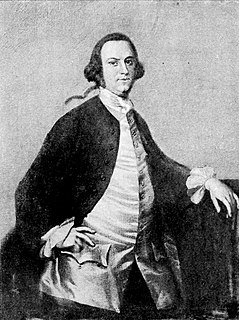 W
WDaniel Carroll was an American politician and plantation owner from Maryland, considered one of the Founding Fathers of the United States. He supported the American Revolution, served in the Confederation Congress, was a delegate to the Philadelphia Convention of 1787 which wrote the Constitution, and was a U.S. Representative in the First Congress. Daniel Carroll was one of five men to sign both the Articles of Confederation and the Constitution. He was one of the very few Roman Catholics among the Founders.
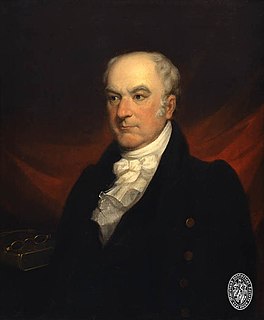 W
WRobert Goodloe Harper, a Federalist, was a member of the United States Senate from Maryland, serving from January 1816 until his resignation in December of the same year. He also served in the South Carolina House of Representatives (1790–1795), the U.S. House of Representatives from South Carolina (1795–1801), and in the Maryland State Senate. He is best remembered for the phrase, "Millions for defense, but not one cent for tribute" in connection with the XYZ Affair. The town of Harper, Liberia, is named after him.
 W
WJames Carroll was born in Baltimore, Maryland. He graduated from St. Mary's College in Baltimore in 1808. Carroll studied law, but did not practice. He settled on a farm on the West River, but later moved back to Baltimore. His reputation was improved when he became judge of the orphans' court and a trustee of the poor. He served as a director of the Baltimore & Ohio Railroad and the Chesapeake & Ohio Canal Company.
 W
WJohn Carroll was a prelate of the Roman Catholic Church who served as the first bishop and archbishop in the United States. He served as the ordinary of the first diocese and later Archdiocese of Baltimore, in Maryland, which at first encompassed all of the United States and later after division as the eastern half of the new nation.
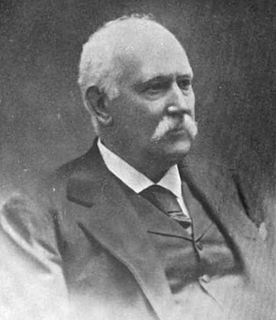 W
WJohn Lee Carroll, a member of the United States Democratic Party, was the 37th Governor of Maryland from 1876 to 1880.
 W
WO'Carroll, also known as simply Carroll, Carrol or Carrell, is a Gaelic Irish clan which is the most prominent sept of the Ciannachta. Their genealogies claim that they are kindred with the Eóganachta, descended paternally from Ailill Aulom. From the Middle Ages until 1552, the family ruled an area within the Kingdom of Munster known as Éile. The last monarch Tiege Caoc O'Carroll surrendered and regranted to the Tudor Kingdom of Ireland.
 W
WRobert Goodloe Harper Pennington was an American artist and writer known for his portraits of New York and Newport socialites.
 W
WSt. Thomas Manor (1741) is a historic home and Catholic church complex located near Port Tobacco, Charles County, Maryland. It is now known as St. Ignatius Church and Cemetery. The manor house complex is recognized as the oldest Jesuit residence in the world to have been continuously occupied by that order. The mission settlement of Chapel Point was started in 1641 by Father Andrew White, S.J., an English Jesuit missionary. He administered to the Potapoco Native Americans, some of whom he converted to Catholicism. Established in 1662, this is the oldest continuously active Roman Catholic parish in the Thirteen Colonies of North America founded by Great Britain. With the consecration in 1794 of Bishop John Carroll, St. Thomas became the first Roman Catholic see in the United States.
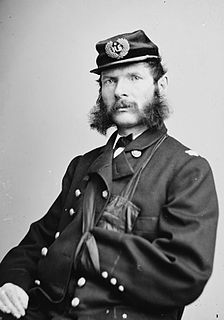 W
WSamuel Sprigg "Red" Carroll was a career officer in the United States Army who rose to the rank of brigadier general during the American Civil War. The Maryland native was most known for his service as the commander of the famed "Gibraltar Brigade," an infantry brigade in the Army of the Potomac that played a key role during the defense of Cemetery Hill during the Battle of Gettysburg, as well as in repulsing a portion of Pickett's Charge.
 W
WThomas King Carroll served as the 21st Governor of the state of Maryland in the United States from 1830 to 1831. He also served as a judge, and in the Maryland House of Delegates from 1816 to 1817.